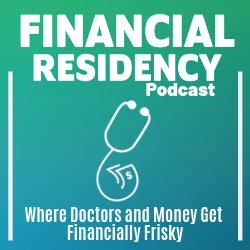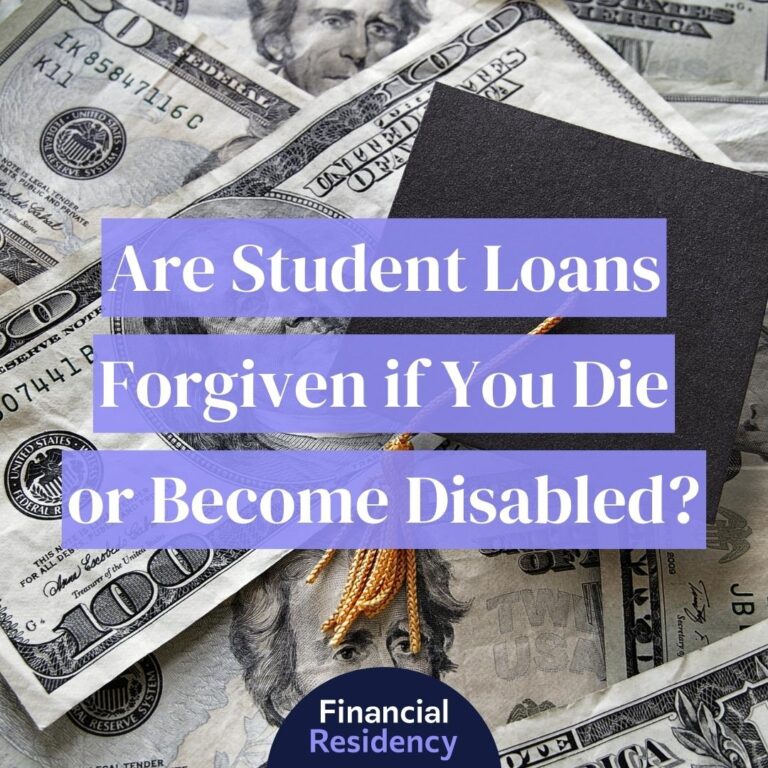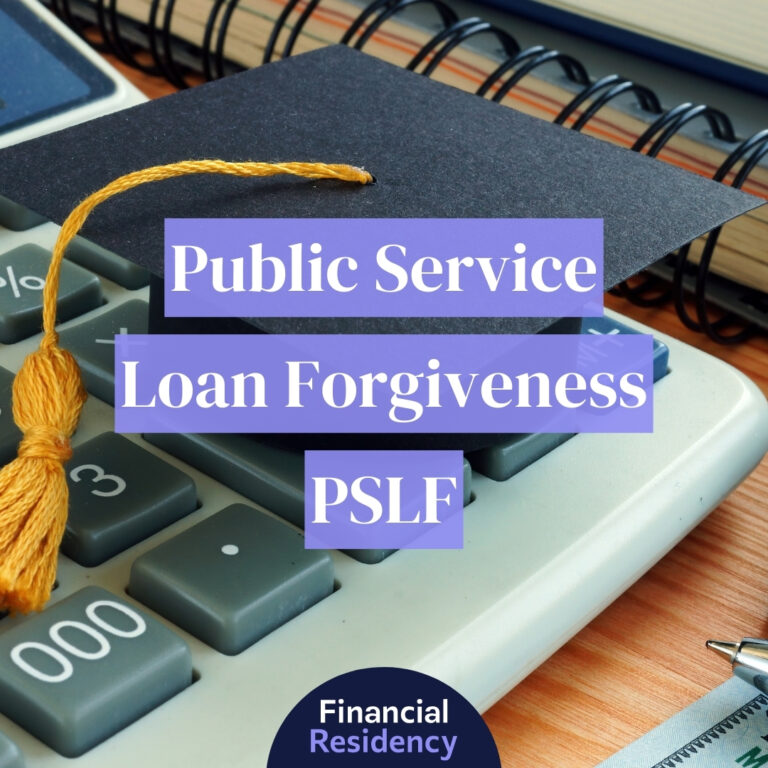Know The Difference Between Federal Student Loans and Private Student Loans
You’re a student and you need money to finance your education. Or maybe you were a student and now you have a mountain of debt to show for it. Whatever the case, student loans are almost always a part of the education process these days.
Most people can’t afford to pay for college without some form of assistance such as a student loan, especially if they have chosen a career path that requires them to go well beyond four years of study.
That could be you and you may not even know where to start. Which type of loan is best for your financial situation? Federal loans versus private loans, how do you even try to make sense of it all?
Perhaps you have reluctantly tried to research all the information on your own and were quickly overwhelmed to find so much out there, with names of loans and terms you can hardly pronounce.
Today we are going to try to make it a little simpler for you and discuss the two types of student loans: federal loans and private loans. Within each of these two categories, you have several different choices. But within all of these choices there are definitely distinct differences between them, and you need to be aware of the differences. Being armed with knowledge about these loans could potentially help you save money in the long run.
What is a Federal Loan?
Let’s talk about the federal loans first. By definition, a federal student loan is a loan that is given to you by the government. Not only will you have to repay the loan, but you will also be charged an interest rate for this loan.
Federal loans are very popular among people who need to borrow money for education. There are lots of reasons why they are so popular, which we will get into a little further.
Typically, there is a limit to the amount you can borrow under the federal loan programs. Depending on which type it is, then that could make a huge difference in the amount you are allowed to borrow.
Types of Federal Loans
The U.S. Department of Education is the body that is responsible for the federal student loan program. The technical name of this program is the William D. Ford Federal Direct Loan Program. You may hear it simply referred to as the Direct Loan program as well. The U.S. Department of Education is considered the lender of these federal loans.
Of course, nothing is that simple (especially when it comes to the government!) so we have to drill down a little bit further with Direct Loans to really understand the options available. Under the Direct Loan category of federal loans, there are four types of loans. Let’s look at each of these four types and how each one differs.
- Direct Subsidized Loans
The first type of Direct loan program is called a Direct Subsidized Loan. This is a loan that is available to undergraduates only and ones that have demonstrated they need financial aid.
As an FYI, financial need is defined as the difference between the cost of the school you want to attend and how much you or your family can contribute towards the cost of your education. While the cost of the school could change (for example, if you change schools) your family contribution on the applications will not change.
At the time of this writing, the interest rate for the Direct Subsidized Loans administered between July 2018 to July 2019, is set at 5.05%. The maximum amount you are allowed to borrow for this type of loan is up to $5500 annually. The amount of loan you qualify for is dependent on your year in school and if you are considered a dependent or independent student.
Another important distinction with these loans is that you will not accrue interest while you are in school (this is where the word Subsidized comes in). This is a very important factor to consider as you evaluate which loan type is the best for your wallet.
- Direct Unsubsidized Loans
Another type of Direct Loan is what’s referred to as a Direct Unsubsidized Loan. These loans are available to undergraduate students, those attending graduate school, as well as professional degree students.
The biggest difference between these types of loans and the Direct Subsidized Loans (besides being available to those in graduate school and professionals) is that you do not have to demonstrate financial need in order to qualify.
Want to know how to crush your student loan debt? Robert Farrington shared a few of his secrets.

For the unsubsidized loans administered between July 2018 and July 2019, the interest rate on these loans is set at 5.04% for undergraduate students, and 6.6% for graduate and professional degree students.
Unlike the subsidized version, your interest will accrue while you are in school. The interest will be added to your loan balance once your grace period is up and you have to begin loan repayment.
The maximum loan amount annually for these types of loans is up to $20,500. But like the subsidized versions, it depends on what year you are in school as well as your status as a dependent.
- Direct PLUS Loans
Direct PLUS loans are for graduate and professional degree students only. In addition to those students, the parents of undergraduate students can also apply for these loans to cover the cost of their child’s education. Financial need does not have to be determined for either the students or the parents in order to be able to apply for the Direct PLUS loans.
If a parent does apply for this type of loan, you may also see if referred to as the ParentPLUS loan.
The interest rate set for loans administered between July 2018 through July 2019 is 7.6%.
The other caveat to these loans is that the person who is doing the borrowing cannot have an “adverse credit history.” The Department of Education has a list of what is considered to be a part of an adverse credit history and it includes multiple conditions. Anything such as delinquencies, bankruptcies, foreclosures, repossessions, and several situations will be considered adverse. If you have a question about whether or not you would qualify based on this, then you will need to review all the conditions.
- Direct Consolidation Loans
Loan consolidation is an entirely different animal but also considered a type of federal loan. It’s also worth mentioning here, especially if you’ve already taken out federal loans.
If you decide you would like to consolidate all of your federal loans into one monthly payment, then there is an option of getting what is called a Direct Consolidation Loan. This Direct Consolidation Loan will only combine your federal student loans into one payment. Private loans are excluded from this particular consolidation option.
Reasons to Consider a Federal Loan
As mentioned earlier, there are several benefits to a federal loan which is why it remains a popular option.
- Fixed Interest Rate
The current interest rates are listed under each type of loan, but it’s also important to mention that your interest rate will be locked for the length of the loan. You do not have to worry about a fluctuation in your rate due to your circumstances, the economy, etc.
- No Need for a Credit Check or Co-Signer
Most of the federal loans (with the exception of the Direct PLUS Loans) do not require a credit check or someone else to co-sign for you. This can be especially welcome news if you know your credit is less than stellar or perhaps you don’t want anyone else to co-sign a loan for you.
- Repayment Will Begin After You Leave College
Payment plans typically do not begin until after you have completed your school. If you do drop to half-time or less, then you will have to start paying on the notes.
- Flexible Repayment Terms
There are several different options when it comes to repaying your federal student loans. And if you aren’t sure which repayment plan is the best for your situation, then you can always switch at a later date.
There are also options for repayment that are under a program referred to as the Income Driven Repayment Plan. There are a few choices that fall under this payment plan, so you will want to familiarize yourself with the benefits of each plan.
- Not All Loans are Based on Financial Need
Not everyone has the same set of financial circumstances when it comes to needing to student loans. No matter how much money you or your parents make, you can still apply for some type of student loan.
- Some Federal Student Loans Can Be Forgiven
Yes, you read that correctly. There are programs in place where federal student loan debt can be forgiven. There are many, many nuances to these programs (remember how we said nothing was simple?) but they are important to be aware of early in your education. This program for forgiveness is referred to as the PSLF, or the Public Service Loan Forgiveness program. Since it only applies to federal loans, this may be a potential benefit that you will be able to participate in with a federal loan.
Process for Obtaining a Federal Loan
When you are ready to apply, you will need to complete and submit the Free Application for Federal Student Aid (also referred to as the FAFSA form). While this form may sound a little intimidating, it’s actually the one form you will need to fill out to see if you also qualify for grants and other financial aid.
There is also an app you can download to make the process even more convenient for you. You can have all your information in one place and use one application for multiple different types of resources.
What is a Private Student Loan?
Now that you know all about federal loans, let’s switch gears and talk about private loans and what makes them different. Private loans are simply loans that are lent to you by a bank or a credit union. The bank (or credit union) is the lender, instead of the federal government.
If you have maximized your federal loan options. then that is when you should begin the process of obtaining a private loan.
Types of Private Loans
Private loans have several variations within them, think of it as being similar to options for a mortgage.
You can apply for a loan that has a fixed interest rate, or a variable rate. You can choose one that has a shorter repayment term versus a longer one.
You should also perform your due diligence when it comes to shopping around for these types of loans. You may find more favorable terms or a lower interest rate just by comparing several different companies.
There may even be restrictions in place from a private lender depending on what state you live in.
Another point to consider with private loans is if there is typically a limit to the amount you can borrow. You will need to make sure you understand up front what the maximum amount is that you are able to obtain. The amount that is loaned to you for private loans is generally quite a bit smaller than the amount available through the federal programs.
Lastly, since all private loans are completely unsubsidized, this means you will accrue interest on the loan from the very beginning of the loan term.
Process for Obtaining a Private Student Loan
Because the private student loans are distributed through various lenders, you will have to follow each lender’s various guidelines. You will have to fill out an application to each and every lender, unlike the one FAFSA form that covers all things (loans, grants, student aid) federal related.
The process for obtaining a private loan is going to be more rigorous compared to that of a federal loan. You will need to have good credit or the person who is co-signing the loan will need to have it. If either you or the co-signer have a low credit score then it’s going to be significantly harder to obtain a private student loan.
Why Does it Matter Which Type of Student Loan It Is?
Perhaps you are reading this and you are already down the path of having several student loans to your name. If that’s the case, it’s still worth your time to make sure you understand which type of loans you have.
When you are putting a plan in place to tackle your student debt, you will need to list out all of your loans and the amounts that are owed. You will also need to know which ones are private and which ones are federal, so you can compare how the repayment plans will work.
Which is better for me – a Federal Student Loan or Private Loan?
This is where you really have to make sure you have done your homework so you can figure out if a federal loan versus a private loan option is the best option, or to see if perhaps you need both.
Generally speaking, federal loans should be your first option. If you are going to get a lower interest rate, then it makes sense to take advantage of that so you pay less in the long run. With a lower interest rate, you will pay less over time, it’s as simple as that.
Of course, there are also all the other benefits to consider when it comes to the federal loans – the flexible repayment terms, the ability to consolidate in the future, and the fact you don’t have to have credit-worthiness. Plus, you may need a substantial amount of loans to cover your many years of education. All of these benefits make a strong case for the federal loans.
If you have good credit, or someone who is willing to co-sign for you, and you only need a small, manageable amount for a loan, then a private loan could be a good option. It might also be your best – and only – option if you have maximized the amount of federal student loans already. Since you are able to shop around with a private loan and choose your lender, then it’s possible you could receive a more competitive interest rate or a loan term that is better suited.
How Will These Loans Impact My Future?
Whether you are about to embark down the road of student loan applications or already have student loans to your name, being armed with as much information as possible is the first step towards a financial plan.
While it may seem obvious, remember, you will have to pay back these loans at some point and nothing is free. It will have a direct impact on your credit if you are late or miss payments for these loans. So, knowing exactly which loans you have and the repayment terms is key to paying them off.
Yes, choosing a federal or a private student loan will involve research and paperwork on your part. There are going to be times when it almost feels like the loans are written in a different language. The good news is now you know difference between federal loans versus private loans and you can start making informed decisions about your financial future.
Did you learn something new from this blog? If you did, you’re sure to learn more from the podcast! Be sure to subscribe and share. Afterall, sharing is caring!





